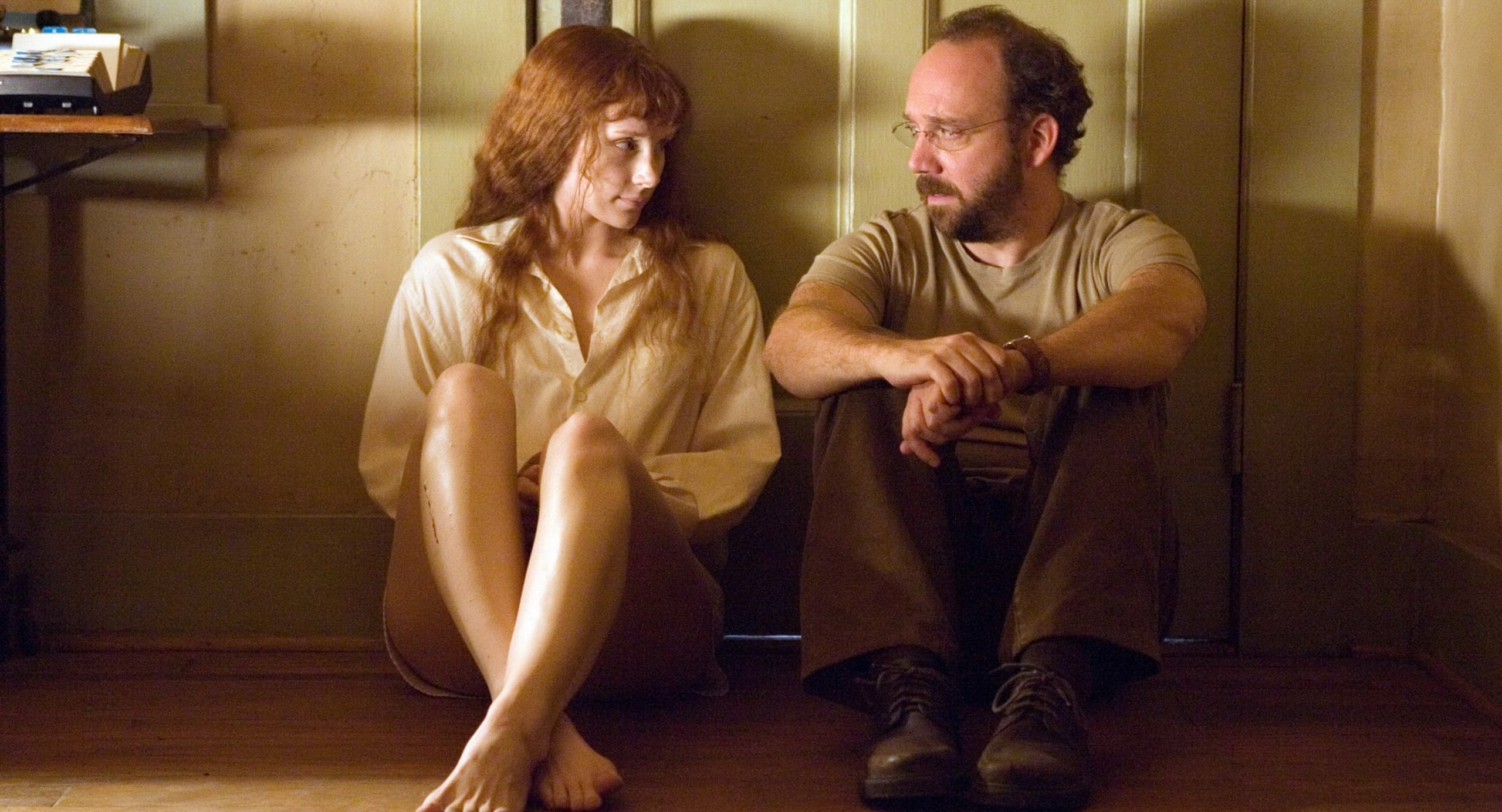Lady in the Water – Film Review
Published December 29, 2023

Lady in the Water is a 2006 fantasy film directed by M. Night Shyamalan that stands as a polarizing piece in cinematic history. Intended to be a modern fairy tale, the film ambitiously blends mythology, allegory, and suspense, yet its execution falls short in several critical aspects. At its core, the film grapples with themes of destiny, interconnectedness, and the power of storytelling, but its narrative complexity and pacing hinder its overall impact.
One of the film’s notable strengths lies in its imaginative premise. Set in an apartment complex, the narrative unfurls as a mysterious young woman named Story (played by Bryce Dallas Howard) is discovered by the building’s superintendent, Cleveland Heep (played by Paul Giamatti), in the complex’s pool. Story claims to be a “Narf,” a water nymph from a different realm seeking to fulfill a vital mission on Earth.
Shyamalan’s trademark visual storytelling and atmospheric direction are evident throughout the film. He skillfully creates an otherworldly ambiance, accentuated by ethereal music and captivating cinematography. The use of color and lighting contributes to the film’s dreamlike quality, enhancing its mystical elements and establishing a sense of wonder.
The film attempts to explore profound themes, particularly the idea that every individual has a role to play in a larger interconnected story, echoing the importance of community and destiny. The characters in the apartment complex each possess unique traits and talents, symbolizing the diversity and richness of human experiences. Shyamalan uses them as pieces of a puzzle, attempting to weave a tapestry of interconnectedness and fate.
However, where Lady in the Water stumbles is in its execution of this intricate narrative. The pacing feels disjointed at times, struggling to balance the exposition of the mythological elements with the development of its characters. The film tends to overexplain its own mythos through clunky dialogue and expository scenes, detracting from the organic flow of the story. This results in a lack of emotional depth and engagement with the characters, preventing the audience from forming strong connections with them.
Moreover, the film’s plot suffers from a lack of cohesion, as it juggles multiple storylines without fully fleshing them out. It introduces intriguing concepts and characters but fails to provide sufficient depth or resolution for many of them. As a result, the climax feels rushed and unsatisfying, leaving numerous questions unanswered and loose ends untied.
Performance-wise, Paul Giamatti delivers a heartfelt portrayal as Cleveland Heep, injecting empathy and vulnerability into his character. Bryce Dallas Howard’s ethereal presence suits the enigmatic nature of Story, although her character lacks significant development beyond her mystical role.
The supporting cast, including standout performances from Jeffrey Wright and Bob Balaban, adds depth to the ensemble, but their characters remain underutilized, contributing to the film’s narrative fragmentation.
Despite its shortcomings, Lady in the Water is not without merit. Shyamalan’s ambitious vision and commitment to storytelling shine through, offering glimpses of brilliance in its thematic exploration and visual presentation. The film’s underlying message about the power of storytelling and the interconnectedness of humanity resonates, albeit diluted within the convoluted narrative structure.
Lady in the Water stands as a visually striking yet narratively flawed film. While it ambitiously tackles profound themes and showcases Shyamalan’s directorial flair, its convoluted storytelling and underdeveloped characters hinder its potential impact. It remains a polarizing entry in Shyamalan’s filmography, appreciated by some for its imaginative elements but criticized by others for its muddled execution.
